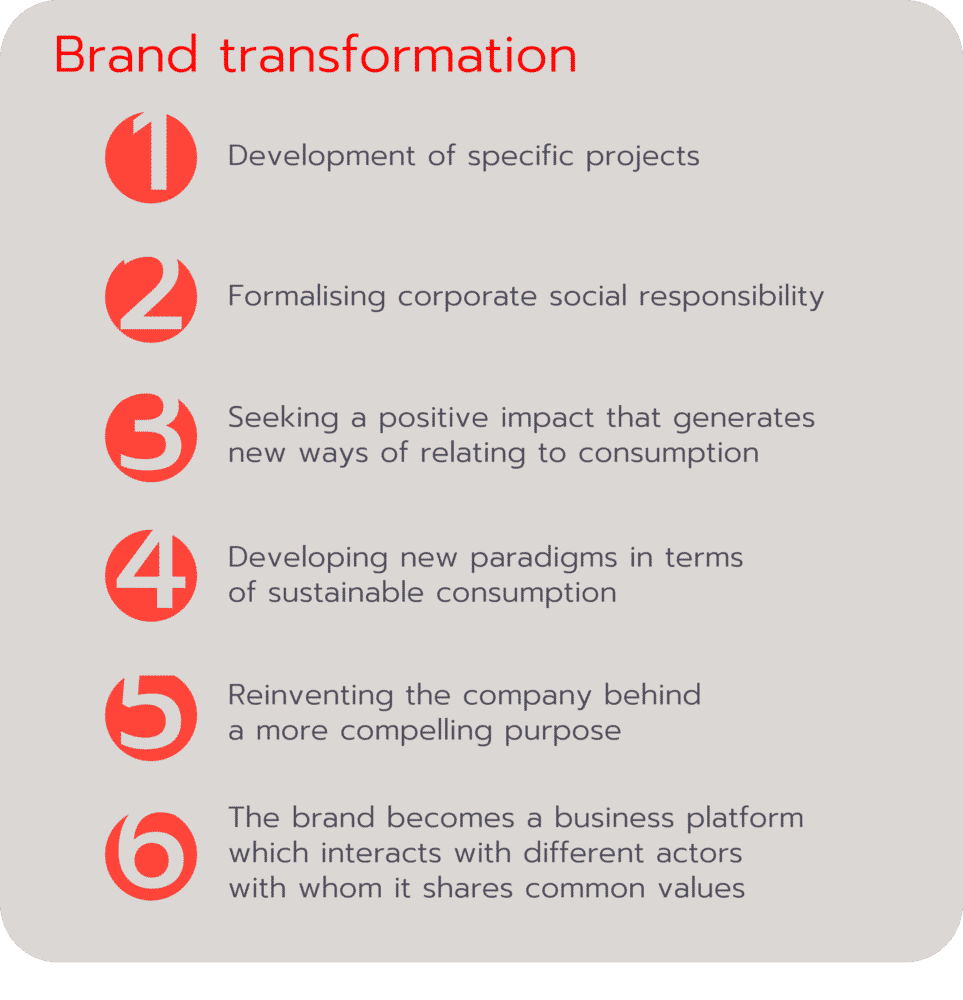We believe that brands have a responsibility to be both a force for good as well as a force for growth… Really, do we?
How Much Is Enough?
At some point in our lives, we have been taught that it is never enough, that growth must continue indefinitely and that what we consume is the ultimate goal and the end of economic life.
In some circles, questioning such ingrained learning might seem blasphemous, but in a finite and crowded world, such assertions seem counterproductive.
On this finite planet, there is a growing chorus of people in their role as citizens who recognise the utter futility of limitless economic growth.
The truth is that economic growth should be a means to achieve an end. If this is so -I hope so, then what is that end? There is a growing consensus that this should be a sustainable and desirable present and future for all humankind.:
- If the system were only sustainable, it opens the door to atrocious, albeit indefinitely sustainable, models of society -it would be undesirable
- If the system is merely desirable, it runs the risk of future misery -it would be unsustainable
- If the system is sustainable and desirable but only for a small elite, it leaves most people in a state of sustainable misery
If the underlying objective is a sustainable and desirable future for all humanity, then “enough” gains a clear meaning.
The challenge is to articulate and agree on a vision of a sustainable and desirable future for humanity and thus define what is enough to achieve that goal.
Enough as a Choice
Negative consequences of some of our current behaviours can be summarised as follows:
- A paradigm of incoherent behaviour with a finite amount of resources
- An unsustainable hedonistic behaviour that can even aggravate our mental health
This leads to the need to build an alternative model of consumption where people choose and habitually make do with enough. In this way, our new habits would become an inherent characteristic of a new set of values that would drive positive changes.

Brands Facing a Countercultural Movement
Brands are facing an emerging counter-cultural movement that they will need to join.
While today’s young people -and “forever young people”, are catalysts for environmental action, many brands are only formally involved in environmental and other social good issues through corporate social responsibility -CSR, initiatives.
In this sense, a new branding model emerges, civic and craft-based, which works on the contradictions of a model of infinite growth and consumption. It builds brands that demonstrate their conscience in deeds and make their positive social and environmental impact part of the business even if not to do business.
For brands, enough sustainable is not enough. Consciousness is also crucial.
Making Brands Matter for Generations to Come
People are undergoing a transformation process in which brands are seeking, in diverse ways, a social and environmental impact that is aligned with the goal of a sustainable and desirable future. This also requires from the brands a transformation by following and synthesising the actions that the company is undertaking, demonstrating its real and authentic commitment.
This also requires from the brands a transformation by following and synthesising the actions that the company is undertaking, demonstrating its real and authentic commitment.

Harnessing the SDGs
A common way for brands to connect social and environmental impact initiatives is through the Sustainable Development Goals -SDGs.
Since the SDGs were defined, the UN Global Compact has focused on collaborating with companies to help them adopt these goals in their business practices.
Leveraging ESG
Another way in which brands choose to embrace these types of initiatives is by associating their efforts with environmental, social and governance -ESG- standards.
ESG started in the financial sector, when some investors wanted to avoid certain types of investments because they went against their core values – from religious and/or political affiliations to gambling or tobacco.
Since brands can align impact initiatives, ESG has become a common focus, far from the parameters of traditional investment strategies.
A New Brand Model
To achieve a balance between generating results, creating value and making a positive social and environmental impact, the brand must steadily and orderly flow towards its best level as a brand with a conscience.
A brand with a conscience incorporates at its core a sustainable way of thinking, acting, and speaking. It aims to create value for all, has the capacity to love and care, promotes authentic leadership, and embodies a humanistic way of being –Medinge Group.
The key in building it lies through recognising the path to follow and going step-by-step, without skipping stages -otherwise one loses credibility both internally and externally.

Finally, it is for all the above reasons that the brands:
- Are moving across the spectrum of social responsibility, from one-off initiatives to those that have become fully purpose-driven ecosystems.
- Need sustainability to be affordable and accessible regardless of a person’s purchasing power.
- Their core embodies the company’s purpose, positioning and action plans
- Spend time intentionally aligning their activities with their core to achieve that balance between economic, social, and environmental results
The question is not about what you want to own but about how you want to live your life.
Ps.: Last but not least, many thanks to Simon Paterson for his inspiring thoughts that have fed into this article.








0 Comments